It’s incredible to think that the Turner Prize has been going for nearly 40 years. It was initially set up to generate interest in contemporary art by sparking debate. Not surprisingly, the media took this as an invitation to stir up controversy by focusing on work they considered shocking and this, in turn, encouraged artists to be provocative.
These days, though, it’s hard to imagine anyone getting hot under the collar about art when there are more serious issues to worry about, like climate change, inflation, racism, sexism, the NHS and the self-inflicted wound of Brexit. And this more sombre mood is reflected in the work of the four artists shortlisted for this year’s prize.
As a young mother, Ghislaine Leung scarcely has time left to devote to her art work. Studio time, in fact, is on Thursdays and Fridays from 9-4. I know this because she details the information in a minimalist artwork painted on the gallery wall. Hours is the size of her home/studio. At the centre of a grid recording all the hours in the week is a small black square representing those she has free to work.
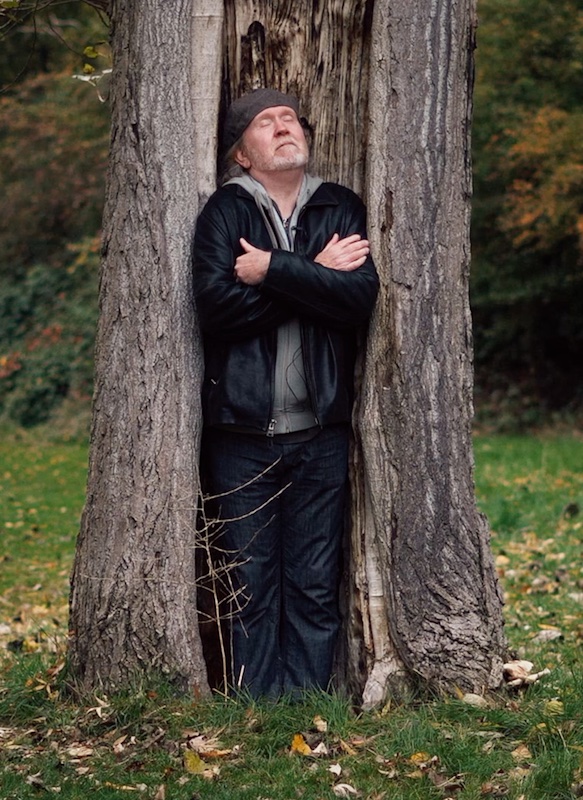 Her solution? Delegation. She provides scores to be realised by others, just as Sol LeWitt did with his wall drawings. And she uses gentle irony to address the difficulty of being a time-poor artist and mother. Plastic doll’s houses and toys such as washing machines and hoovers (indicative of the tasks she has to perform) are lined up and titled Public Sculpture. The toys are available for local children to borrow – a neat way of blurring the boundaries between art and life.
Her solution? Delegation. She provides scores to be realised by others, just as Sol LeWitt did with his wall drawings. And she uses gentle irony to address the difficulty of being a time-poor artist and mother. Plastic doll’s houses and toys such as washing machines and hoovers (indicative of the tasks she has to perform) are lined up and titled Public Sculpture. The toys are available for local children to borrow – a neat way of blurring the boundaries between art and life.
Exposed pipework has long been an architectural cliché, but Leung gives it a new lease of life. When the Netwerk Aalst bar in Belgium was refurbished in 2017 the ventilation ducts were removed. Several yards of the redundant pipework now arc over a doorway and traverse the gallery floor (main picture). I’m not sure about the raison d’etre behind this impressive sculpture, but I admire Leung’s off-the-peg solutions to her predicament as an artist/mother.
Rory Pilgrim worked for several years with members of Green Shoes Art, a project in Dagenham and Barking for the vulnerable and deprived. On film members talk about what helped them through lockdown. One man gained solace from a hollow tree that had weathered many storms (pictured above right: detail); another was helped by taking photos in the park. Making animated films proved a lifeline for one woman while another talks about gratitude. “Some days we just have to make our own sunshine”, she says.
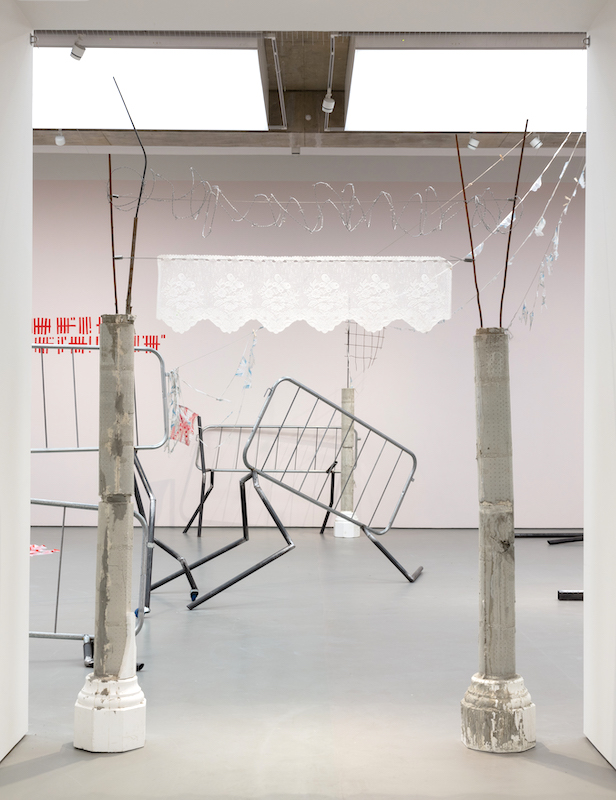 Had Pilgrim been content with making a socially concerned documentary all would have been well, but his aim was to turn the project into art. Structured as an oratorio of songs performed with an orchestra and interspersed with poems by the participants, Rafts is an unhappy marriage between art and documentary. Some moments are really moving, but others are truly cringe-making and the little paintings by Pilgrim dotted around the room are irredeemably twee.
Had Pilgrim been content with making a socially concerned documentary all would have been well, but his aim was to turn the project into art. Structured as an oratorio of songs performed with an orchestra and interspersed with poems by the participants, Rafts is an unhappy marriage between art and documentary. Some moments are really moving, but others are truly cringe-making and the little paintings by Pilgrim dotted around the room are irredeemably twee.
Jesse Darling’s installation is a shambles, but I guess he wants it that way. Flanking one doorway and barricading a corner of the room are twisted lengths of crowd control railings. The contorted metal limbs evoke marauding football fans, protests that turn violent and heavy-handed policing tactics.
Concrete columns flank the other door, which is fringed with a pediment of lace and barbed wire (pictured above left). Nearby, stands a maypole garlanded with red and white incident tape and topped with pigeon wire. Together they evoke checkpoints and border controls along with nationalism fuelled by anti-immigration paranoia. Then come the concrete-filled ledgers stacked on metal shelves that sag under the burden to evoke the dead weight of bureaucracy.
Sticking out of the walls are numerous hands that signal more ambiguous messages. In Harmony from Without two hands in workmen’s gloves collaborate to wield a hammer and a wedge. Boring from Within is a self-portrait consisting of a gloved hand holding an electric drill. The bit has been replaced by a pencil, optimistically suggesting that art can work to influence things from within. It may be angry, messy and incoherent, but Darling’s installation has a passion which is inspiring.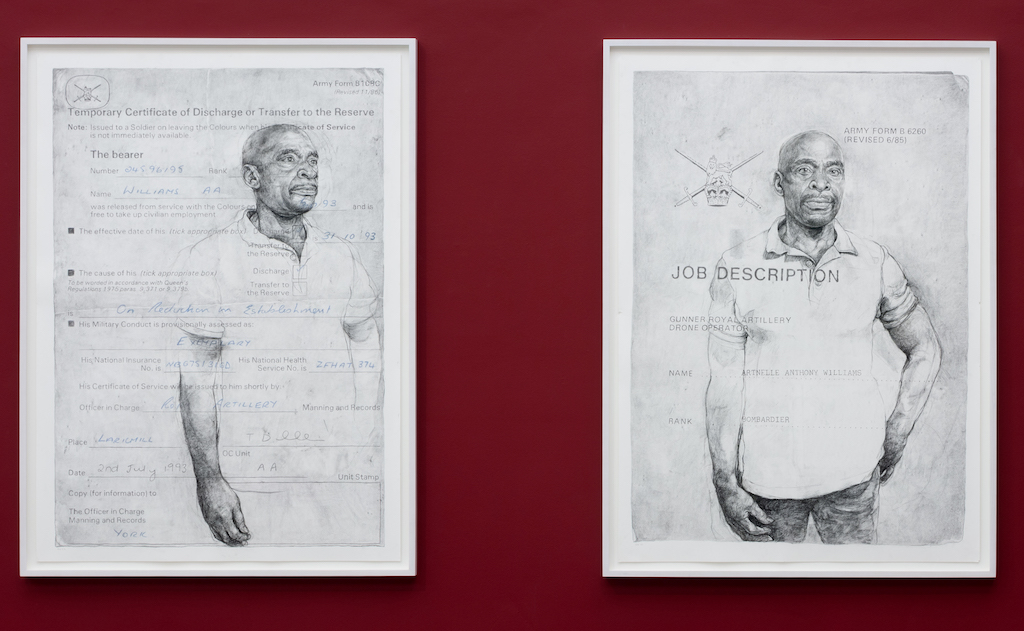 In contrast, Barbara Walker creates an atmosphere of calm dignity with large drawings that pay tribute to people affected by the Windrush scandal. To avoid deportation, those targeted by the Home Office had to prove their right to remain in the UK. Hand-drawn enlargements of the documents they needed to produce are superimposed onto drawings of the victims.
In contrast, Barbara Walker creates an atmosphere of calm dignity with large drawings that pay tribute to people affected by the Windrush scandal. To avoid deportation, those targeted by the Home Office had to prove their right to remain in the UK. Hand-drawn enlargements of the documents they needed to produce are superimposed onto drawings of the victims.
Army Form B 6260, for instance, appears over the portrait of bombardier Artnelle Anthony Williams (pictured above). The job description identifies him as Gunner Royal Artillery, Drone Operator. There’s something profoundly creepy about this amalgamation; it’s as though, defined by their official documents, the sitters have been reduced to numbers in a file – cases to be determined. It’s an unsettling reminder of the days when black people were treated as merchandise to be traded and relocated at will.
Drawn directly onto the wall are five giant portraits; they will be erased at the end of the show in a gesture that echoes the way members of the Windrush generation were deported and their contribution to the life of the country similarly erased. Walker’s powerful installation bears silent witness to this cruel injustice.
The Towner Art Gallery was established a hundred years ago and to celebrate the centenary and welcome the Turner Prize, Eastbourne Alive brings art into the streets. Outside the gallery stands Michael Rakowitz’ glorious winged bull, first shown on the Fourth Plinth in Trafalgar Square. His Lamassu of Nineveh (pictured below) is a reconstruction of the sculpture that guarded the entrance to the ancient town from 700 BC until 2015, when ISIS destroyed it. Made from sections of the cans used to export date syrup, the bull also pays tribute to another casualty of the Iraq war, the date industry.
Attached to the outside of the library, Nathan Coley’s cryptic message I Don’t Have Another Land encourages residents of the seaside town to consider both the pros and cons of immigration. And in the town centre, Eve De Haan’s It’s nicer to be nice promotes positive thinking. A swing, pink sand, mirrors and a neon sign reading “Think of all the good things” encourage people to enter a pink shipping container, listen to bird song, smell the flowers… and relax.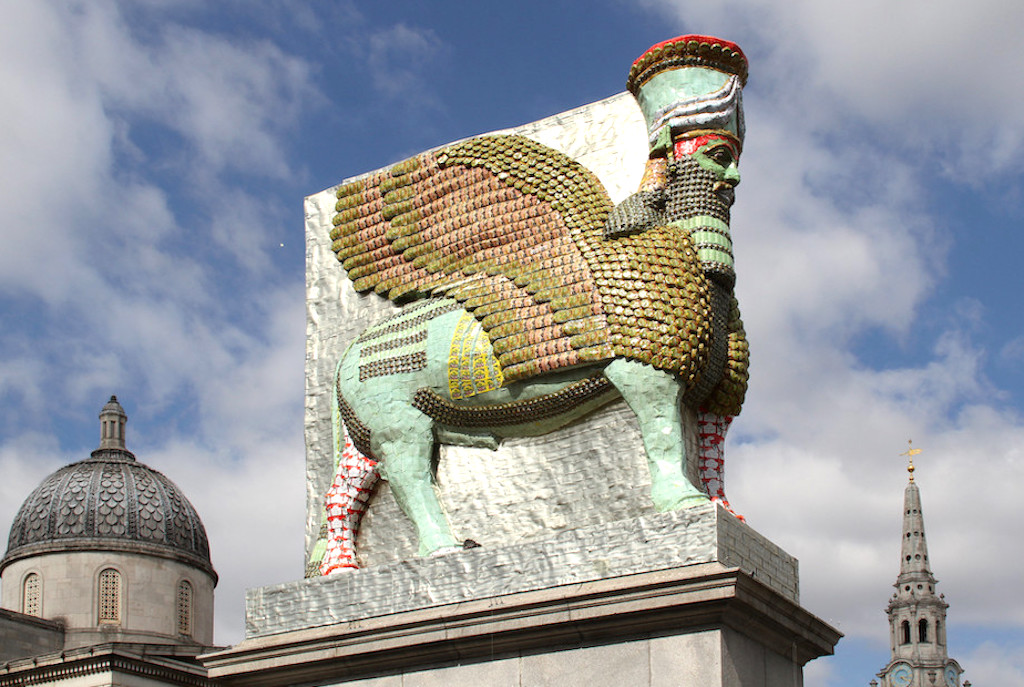 Working with Sanctuary, a local organisation helping asylum seekers, artist Nadina Ali has created a mural on the seafront from words chosen by the refugees. LOVE, EMPATHY, RESPECT and DIGNITY form a painting reminiscent of Robert Indiana's famous pop art painting LOVE, but underscored with a call for empathy.
Working with Sanctuary, a local organisation helping asylum seekers, artist Nadina Ali has created a mural on the seafront from words chosen by the refugees. LOVE, EMPATHY, RESPECT and DIGNITY form a painting reminiscent of Robert Indiana's famous pop art painting LOVE, but underscored with a call for empathy.
Ali’s mural was commissioned by Devonshire Collective whose gallery, VOLT is hosting Existence Proof by the artist duo Rottingdean Bazaar. Encouraging you to enter this delightful exhibition is a carpet of welcome mats. In the window are photographs of doll’s house windows; inside you’ll find a red jumper and black socks unravelling across old blankets, a ticking clock whose numbers are replaced by items like scissors, a knife, cigarette, candle and pencil, and a prick ejaculating tiny yellow balls inside a snow globe.
All of which leaves me thinking that, if art can’t solve the world’s problems, at least it can make you feel a whole lot better.
- The Turner Prize is at the Towner Art Gallery until April 14th 2024 along with Eastbourne Alive
- More visual arts reviews on theartsdesk

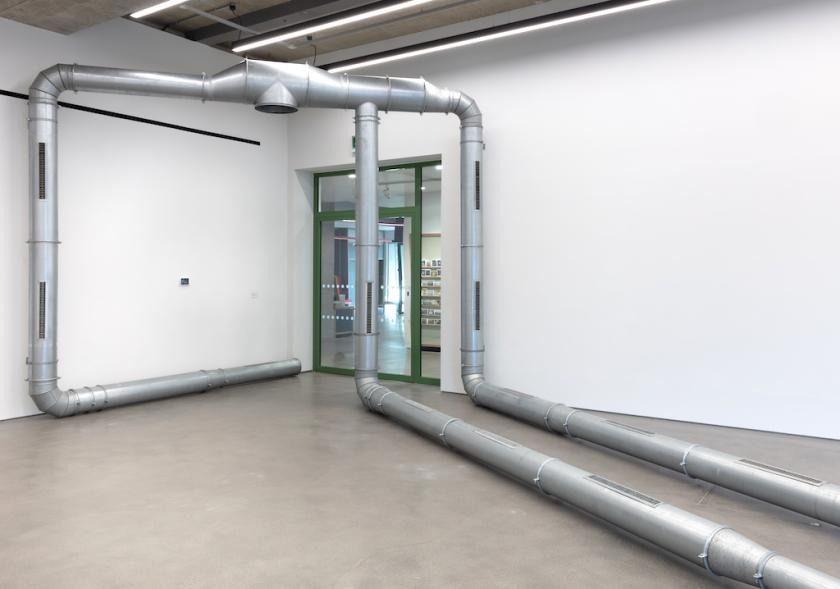







![SEX MONEY RACE RELIGION [2016] by Gilbert and George. Installation shot of Gilbert & George 21ST CENTURY PICTURES Hayward Gallery](/sites/default/files/styles/thumbnail_125_x_125_/public/mastimages/Gilbert%20%26%20George_%2021ST%20CENTURY%20PICTURES.%20SEX%20MONEY%20RACE%20RELIGION%20%5B2016%5D.%20Photo_%20Mark%20Blower.%20Courtesy%20of%20the%20Gilbert%20%26%20George%20and%20the%20Hayward%20Gallery._0.jpg?itok=3oW-Y84i)





Add comment